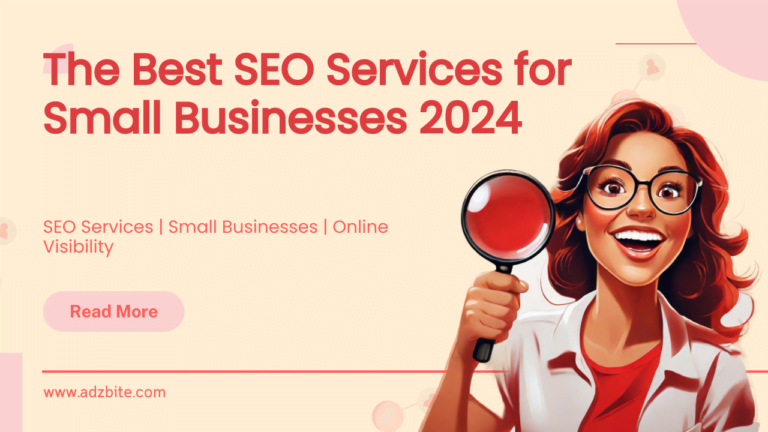Creative Marketing Strategies for Startups

Starting a new business venture can be exhilarating yet challenging. As a startup, one of the key elements to success is implementing effective marketing strategies that can help your brand stand out in a crowded marketplace. In this blog post, we will explore some creative marketing strategies specifically tailored for startups, aiming to boost visibility, engage with the target audience, and drive growth.
1. Storytelling Marketing
Storytelling is a powerful tool that can help startups create a compelling narrative around their brand. By sharing the journey, challenges, and successes of your startup, you can connect with your audience on a deeper level. Use storytelling across your website, social media, and marketing materials to humanize your brand and build emotional connections with customers.
2. Influencer Partnerships
Collaborating with influencers in your industry can provide a significant boost to your startup’s visibility. Identify influencers whose values align with your brand and reach out to them for partnerships. Whether it’s through sponsored content, product reviews, or social media takeovers, influencers can help introduce your brand to a broader audience and build credibility.
3. User-Generated Content Campaigns
Engage your existing customers by encouraging them to create and share content related to your brand. User-generated content, such as testimonials, reviews, and photos, can be a powerful marketing tool. Host contests, challenges, or campaigns that incentivize customers to share their experiences with your product or service. This not only generates authentic content but also increases brand advocacy.
4. Local SEO and Google My Business
For startups targeting local markets, optimizing for local SEO is crucial. Ensure your business is listed on Google My Business with accurate information, such as location, hours, and contact details. Encourage customers to leave reviews, which can improve your local search rankings. Local SEO tactics, such as geo-targeted keywords and location-based content, can help your startup appear in relevant local searches.
5. Interactive Content Marketing
Interactive content, such as quizzes, polls, and interactive infographics, can captivate your audience and drive engagement. Create interactive experiences that educate, entertain, and involve users in your brand story. This not only keeps visitors on your website longer but also encourages social sharing and brand awareness.
Conclusion
In the competitive landscape of startups, innovative marketing strategies can be the differentiating factor between success and obscurity. By leveraging storytelling, influencer partnerships, user-generated content, local SEO, and interactive marketing, startups can effectively reach and engage their target audience. Remember, the key is to stay authentic, consistent, and customer-centric in all your marketing efforts.
5 Engaging FAQs
Research influencers in your industry using tools like social media platforms, influencer databases, and agency services. Look for influencers whose audience demographics align with your target market.
Startups like Airbnb, Warby Parker, and TOMS Shoes have implemented impactful storytelling campaigns. Airbnb’s “Live There” campaign, for example, focused on showcasing local experiences, while Warby Parker’s “Home Try-On” story resonated with customers looking for a convenient eyewear solution.
Offer incentives such as discounts, exclusive offers, or features on your social media channels for customers who share their experiences with your product or service. Make it easy for customers to create and share content by providing clear guidelines and user-friendly submission processes.
Local SEO helps startups target customers in specific geographic areas, increasing visibility in local searches. It also enhances credibility and trust, as customers often trust businesses with accurate and up-to-date local information.
Not necessarily. There are many affordable tools and platforms available for creating interactive content. Start with simple formats like polls or quizzes, and gradually scale up based on your budget and goals.








